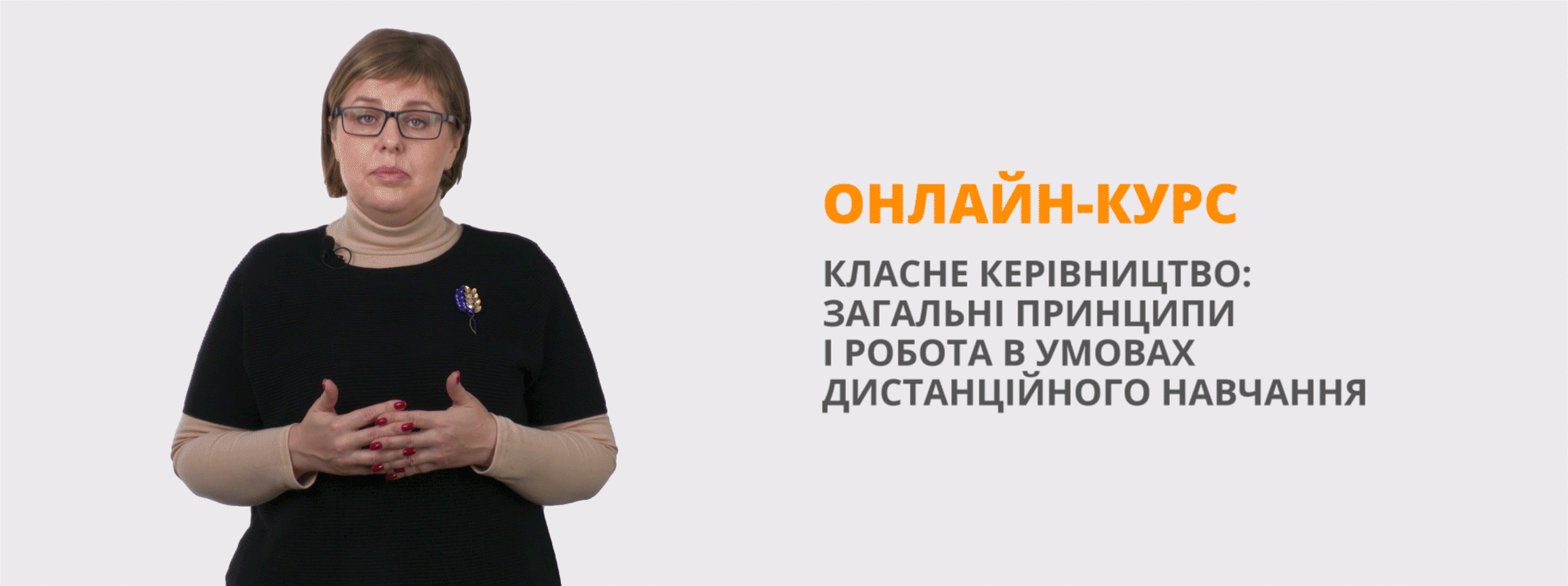Інтегрований урок англійської мови "My Home. Table Manners"
My Home. Table manners (Form 6)
Objectives:
- to activate topical vocabulary;
- to improve students' listening skills and oral speech;
- to develop students' communicative skills;
- to develop students' creative skills.
Equipment: flashcards, dishes, a laptop, a TV-set.
Procedure
I. Introduction. Warming-up
T: Good morning, children! I am glad to see you. Today we have an unusual lesson, because we're going to speak about table manners.
Do you know anything about good and bad manners? What traditions do you have in your families? Do you think you are a polite person?
(Students express their opinions.)
II. The Main Part of the Lesson
Vocabulary Work
T: Let's remember the words which we have already learnt! Look at the screen, please! (table cloth, napkin, a cup, a mug, a saucer, a saucepan, a kettle, a teapot, a jug, a spoon, a teaspoon, a fork, a knife, a plate, a frying pan)
Listening
Role-play
T: Help me to lay the table, please!
First you spread the table cloth and put the plates. Then you take soup spoons for the spoon, spoons for the sweet and all the knives and forks. You should put the knife and the soup spoon on the right of the plate and the fork on the left. On the left of each guest you put a small plate for bread and on the right - a glass. Don't forget to put out the table napkins for each guest.
(The teacher gives instructions and students do them.)
Reading
T: Now let's read the text about table manners in different countries. After that be ready for discussion.
Interesting Facts
Table manners are very different in different countries. For example, in Britain, you mustn't lift your soup plate to your mouth. But in Japan it is a traditional way of drinking the soup.
In Britain people don't put their hands or elbows on the ta at all during a meal. But in Mexico guests keep their hands on the table. In Arab countries we really must be attentive about what we do with our hands. You see, in Arab countries you mustn't eat with your left hand. This is very impolite. So what should we do if we visit another country? You needn't worry. Look at your host and hostess and try and do as they do.
The British generally pay a lot of attention to good table manners. Even young children are expected to eat with knife and fork.
T: Let's start discussing this theme and name the good table manners.
|
Good manners You must sit up straight at the table. You must eat with a knife and a fork. You should say "thank you" after the meal. Say "No, thank you" or "Yes, please" Wash your hands before sitting down. Never play with your food. Don't start eating first. Wait for others. Etc. |
III. Summing-up. Home Assignment
T: Our lesson is coming to its end, so let's sum-up. What have you known during our conversation? What associations have you got?
(Students answer the questions in a chain.)
T: I hope that you have come to the conclusion that good manners are an important part in our everyday lif. Let's be polite, kind, well-brought. Now we've got a few minutes and I suggest you singing a merry song. Look at the screen!
1,2,1,2,3!
1,2,1,2,3!
Tea, tea, is there any tea?
4,5,4,5,6!
Chips, chips, are there any chips?
7,8,7,8,9!
You are very fine!
Boys, girls, women and men!
9,10, start again!
T: Well done! Our lesson is over! Enjoy your meal!

про публікацію авторської розробки
Додати розробку
